Is eye-tracking the future of content?
Advanced eye-tracking technology might not be the topic you’d most associate with a content agency, but we believe in getting outside of our bubble as much as we can. So when industry-leading company Tobii hosted a free event on our doorstep, we popped along to see what we could learn.
World-leading eye-tracking technology
Tobbi Group is a world-leader in eye-tracking technology and has its UK office at Sheffield Technology Parks. The company provides tools that get to the heart of understanding human behaviour, covering all aspects of scientific and commercial research, manufacturing and safety assessments.
Earlier this month, Tobbi hosted an event at Kommune in Castle House, a fantastic new space in Sheffield. We were treated to a snappy but still detailed explanation of what Tobii do and how their products have been used. We saw applications in military, retail, gaming, customer research and healthcare, but really the company’s technology could be applied in many industries.
How can eye-tracking help content creators and marketers?
Of course, seeing the latest eye-tracking technology in action got me thinking about ways that it could potentially be used by content creators and marketers.
We know that eye-tracking already plays a role in understanding behaviour, especially online, but perhaps the future will see the technology lead to a more interactive customer experience.
With that in mind, I’ve put together a couple of ideas around how eye-tracking tech might be used in the content world over the coming years.
Content – choose your own path?
Have you seen Black Mirror’s choose your own adventure episode, Bandersnatch? Imagine something similar but the story follows your eyes and picks up cues for how you want the story to develop, rather than you having to use the remote.
What about using eye-tracking to guide people and help them navigate a space? For example, we’ve previously produced showhome videos for a national home builder. With eye tracking technology, we could take people through the house based on where they are looking. The viewer could choose their own route rather than follow a predetermined journey on video.
From a research point of view, we could see how potential buyers move through the homes and where their attention is focused. That might allow us to produce content that resonates and focus on the areas we know they want to view.
Toyota undertook a similar process in their showrooms. They discovered which points of sales materials worked best and how to correctly lay out their showrooms to encourage sales.
Advertising – looking up?
What if the technology could track where your eyes are focused and deliver an advert to that area of a screen? That might sound like a hostile customer experience, but is it so dissimilar to the way many full-screen pop-ups work?
The impact of displaying ads like this could be significant for both the advertiser and the consumer. For the advertiser, they are able to deliver the optimum size advert for the right amount of time, which could save them money and guarantee the consumer has seen the advert.
Could there also be benefits for the consumer? If the eye-tracked advert disappeared once you lost attention or looked away, it may lead to cleaned-up websites and result in more relevant advertising for everyone.
Smashbox used a similar(ish) idea with popular beauty app, MakeUp. They were able to use eye-tracking tech to monitor customer attention on the company’s products.
The DigiDay article linked to above explains how it worked:
“For example, a user might stare at one shade of eyeshadow for awhile, without actually touching it. Sensing potential interest, Smashbox can then prompt the user to buy the product or explore it further (rather than prompting them to buy every product, all the time).”
Smashbox saw a 27% increase in sales, so you can see the impact this type of technology could have in the advertising space.
Technology will shape the content industry
One thing’s for sure, the future of content is going to be increasingly dependent on the way technology moves on. Whether it’s eye-tracking technology, voice commands or something we don’t yet know about, it’s going to be vital for those of us working in the content industry stay on top of the latest tech.
We’re always up for hearing new ideas, so if you have any thoughts, feedback or related content of your own to share, feel free to get in touch. And a big thank you to Tobii Group for putting on such a great event.

